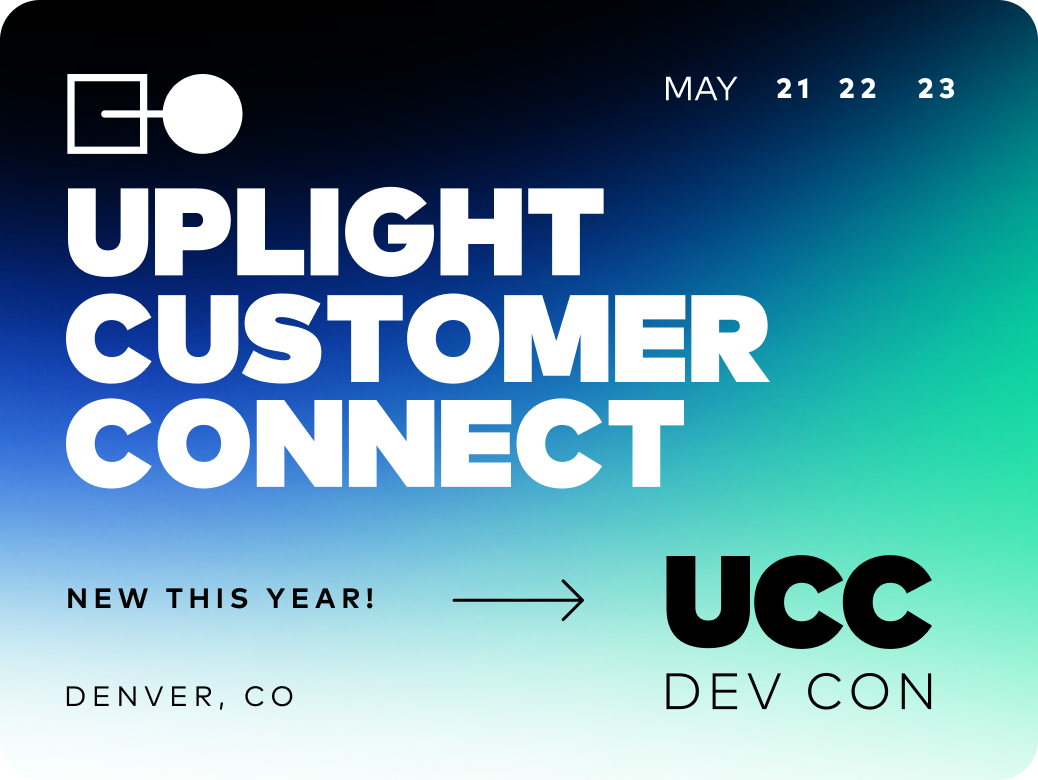More customers are adopting electric vehicles (EVs) with 18.7 million of EVs predicted to be on the road by 2030, according to EEI. Once a customer purchases an EV, they are reliant on the grid to charge their car and may be surprised that their utility bill has increased. However, this doesn’t have to be the first EV-related interaction with their utility. Energy providers can be involved in the entire EV customer journey by targeting and segmenting, engaging and activating, and adopting and enrolling.
Targeting and segmenting EV customers
First, it is important to identify customers that might be interested in purchasing an EV, or have already purchased one. Energy providers have a wealth of data to help target these exact customers. By leveraging EV analytics such as EV detection models and EV program propensity modeling, utilities can find the right customers and customers benefit from a personalized experience at the first program touchpoint. Effective targeting can result in twice the program participation and conversion.
Engaging and educating customers
Once customers are identified, energy providers can deliver highly relevant messages through a variety of different channels such as Home Energy Reports, MyAccount Promotions, emails, and more. An electric vehicle can be a big purchase, so it is important to provide interactive, educational content and tools to help guide them through their decision-making process and make them not just confident, but excited about their decision.
One way to do this is through an easy, digital sign up for test drives. Energy providers can offer no-hassle, one-step online test drive scheduling for customers to test out the most popular EV models on the market for up to 24 hours.
Adopting and enrolling customers
To get customers to take the next step, it’s important to meet customers where they are. Energy providers can provide multiple options and bundles for customers to not only adopt EVs, but also enroll in a managed charging program.
Purchase options can be tailored to customer needs, and delight customers, especially those who are interested in alternative purchase options. One option is to provide an EV Marketplace through a network of dealer partners to offer an all-in-one transaction, including delivery of the vehicle, home charger installation, rate selection, managed charging program enrollment, and incentive processing.
Monthly subscriptions are another alternative approach where customers can choose from the most popular EVs to meet their needs. One monthly fee that covers the cost of the car, insurance, registration, maintenance, managed charging enrollment, and a charger makes it easy for customers.
Finally, an all-electric car sharing service for communities, companies, apartment buildings, or campuses can serve customers who don’t need their own vehicle all of the time. These dedicated cars and chargers can be automatically enrolled in a Managed Charging Program as well.
For customers who already have an electric vehicle, managed charging is a big opportunity for energy providers. Utilities can target customers with chargers with offers for managed charging program enrollment alongside applicable incentives. Customers who don’t have chargers can receive an offer to purchase one via a utility Marketplace and enroll in a managed charging program with automatic enrollment, rebate processing, and fulfillment in a single transaction.
Closing the loop
Even after a customer purchases an EV, a charger, and enrolls in a managed charging program, the journey doesn’t stop there. Continuing to act as a trusted energy advisor, utilities can continuously engage customers to provide personalized and timely insights and feedback on their charging behavior; bill, energy, and carbon savings as well as next best actions or charging behaviors to help them better manage their charging. And not only can charging help shift kW, but it can also help energy providers shift energy when there is less carbon intensity on the grid or optimize charging based on a customer’s rate to help them save money.





